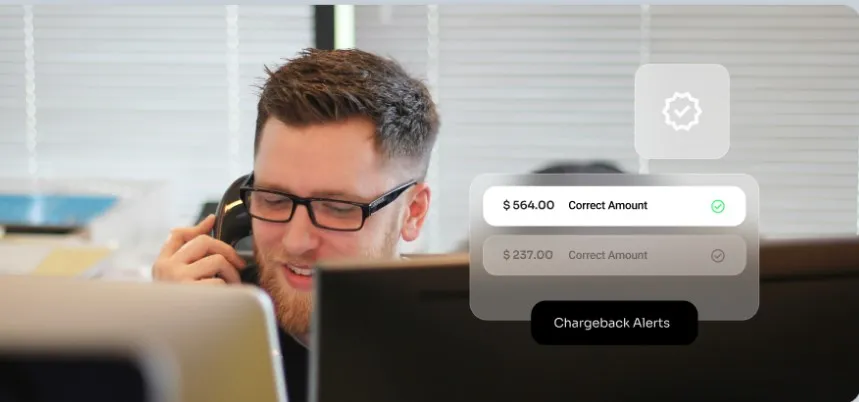How the Chargeback Process Works: A Step-by-Step Guide

Chargebacks can be a merchant’s worst nightmare — lost revenue, fees, and frustration, often without warning. But the key to fighting back is knowing exactly how the chargeback process works from start to finish.
At Dispute.com, we specialize in helping businesses navigate and win the chargeback game. In this post, we break down the chargeback lifecycle so you can better protect your business and respond more effectively when disputes arise.
🧩 Step-by-Step Breakdown of the Chargeback Process
Step 1: The Purchase
It all starts with a transaction. A customer buys something — online or in-store — using a credit or debit card. This transaction is processed by the merchant’s payment processor and appears on the customer’s statement.
Step 2: The Dispute Begins
For various reasons — legitimate or not — the cardholder contacts their bank (also called the “issuing bank”) to dispute the charge. Common reasons include:
- They don’t recognize the charge
- The product never arrived
- They claim the item was defective or not as described
- They say the transaction was unauthorized (fraudulent)
Step 3: The Chargeback is Filed
If the bank believes the customer’s complaint is valid, it initiates a chargeback. This means the transaction is reversed — the customer receives a temporary credit, and the merchant's account is debited for the transaction amount, plus potential fees.
Step 4: The Merchant is Notified
The merchant receives a chargeback notification from their acquirer or payment processor. This typically includes:
- The reason code (why the chargeback was filed)
- Transaction details
- Deadline to respond (usually 7–30 days)
At this point, it’s up to the merchant to decide whether to accept the chargeback or fight it (a process known as representment).
Step 5: Representment (Fighting the Chargeback)
If the merchant chooses to dispute the chargeback, they must submit a compelling evidence package to prove the transaction was valid. This might include:
- Proof of delivery or service
- Correspondence with the customer
- Refund/return policy
- Screenshots, logs, or signed receipts
Dispute.com helps automate and streamline this process so you can respond quickly, thoroughly, and within the card network guidelines.
Step 6: The Issuer Reviews the Evidence
Once the representment is submitted, the issuing bank reviews the case and makes a decision. They can:
✅ Side with the merchant — the funds are returned.
❌ Side with the customer — the chargeback stands.
Step 7: (Optional) Arbitration
If either party disagrees with the outcome, they can escalate the dispute to arbitration through the card network (like Visa or Mastercard). This step is complex, time-consuming, and may involve legal fees — so it’s usually a last resort.
📉 The Impact: Why the Process Matters
- Each chargeback comes with fees and affects your chargeback ratio
- High chargeback ratios can lead to fines, penalties, or merchant account termination
- Repeated chargebacks hurt your reputation with payment processors
That’s why understanding and managing this process is critical to your business success.
🛡️ How Dispute.com Helps You Win
At Dispute.com, we help businesses:
✅ Automatically detect and respond to chargebacks
✅ Submit winning evidence fast
✅ Reduce chargebacks through pre-dispute and fraud tools
✅ Stay compliant with card network rules
✅ Improve win rates and recover lost revenue
🏁 Final Thoughts
Chargebacks are a part of doing business — but they don’t have to be a losing game. By understanding the chargeback process and partnering with the right experts, you can take control, fight back, and protect your bottom line.
📲 Want to simplify chargeback management and boost your win rate? Talk to the team at Dispute.com and see how we can help.
